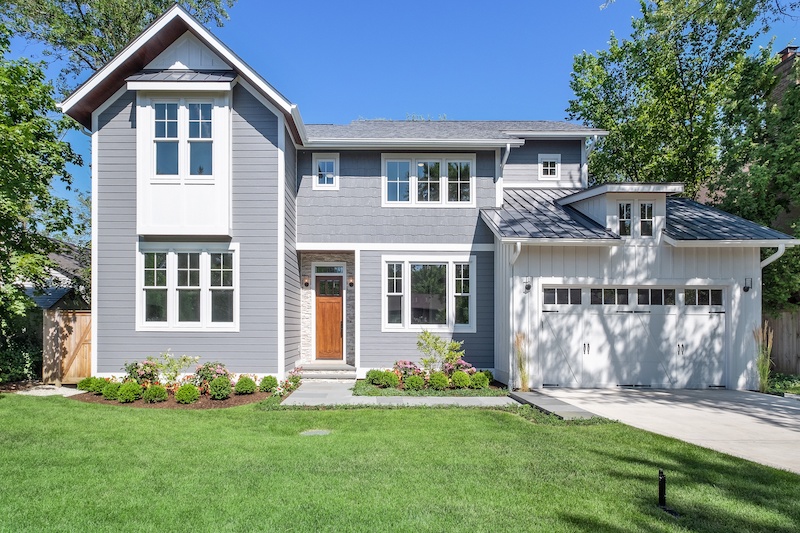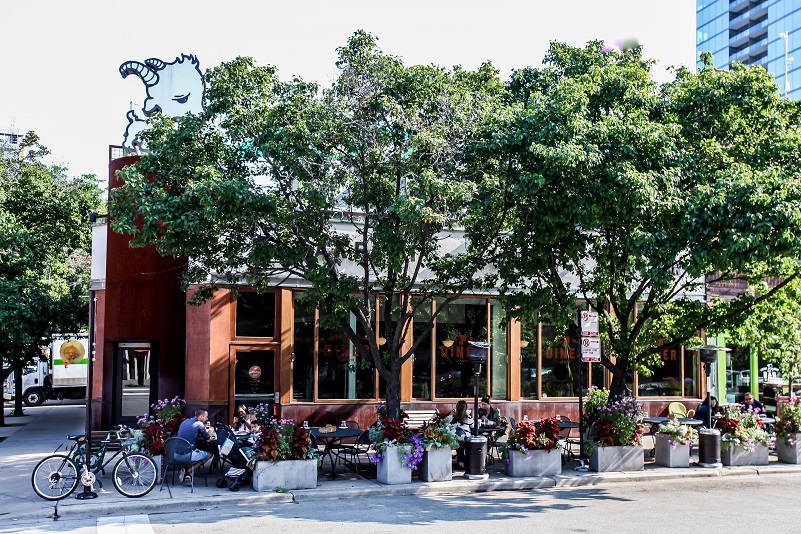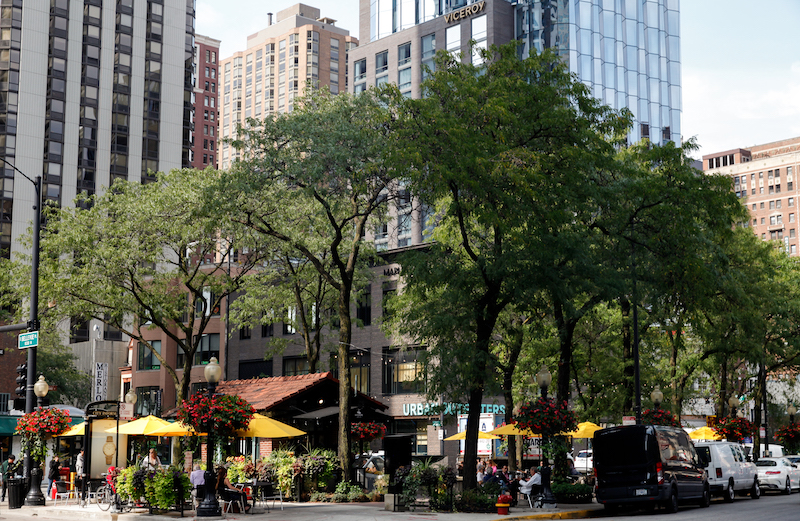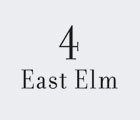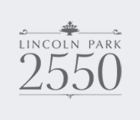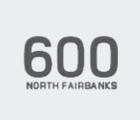When it comes to selling homes, the price is very often the “hot topic” whether you are the seller or buyer. The process involved in determining the appropriate listing price isn’t always what one might think, though.
In fact, it ultimately comes down to a position within the existing competition. Let’s take a moment to delve into some common misconceptions about pricing…
Overpricing isn’t a big deal since you can always lower the list price
No homeowner wants to leave money on the table. But starting with an unrealistic or overly-ambitious asking price isn’t the way to achieve the highest possible sales price for your home.
In fact, overpriced homes tend to linger on the market, making them harder to sell. And yes, you can always lower the list price but you should keep in mind that the largest pool of buyers sees your home within days of it hitting the market – and if you keep reducing the price, they may assume there’s something wrong with the property. Buyers also factor in market time when determining their offer price and what they perceive to be fair market value.
To generate maximum exposure and interest, it’s essential to price your home accurately during that critical “New Listing” period.
Your home is worth the amount you paid (or more)
Every market is different and trends vary block by block. The market shifts constantly which can lead to upward and downward price trends. However, just because a high-level report shows an increase in pricing, it doesn’t necessarily mean that trickles down to every property.
While all homeowners wish to make a profit, it’s important to be mindful of pricing trends in your hyper-local market. In sum, what you paid for the home and the period of time you owned it do not necessarily impact the list price. As mentioned above, it actually comes down to how you are positioned (price-wise) amongst the current competition.
Your neighbor just sold their home for $X, so you can sell yours for $X too
Like we said, trends vary block by block – but even homes on the same block vary in price. Every home is unique, and beyond location, you’ll need to consider other property attributes such as features, condition, and other criteria that affect the price. Maybe one home has a finished basement and the other doesn’t, or one has 4 bedrooms and the other has 3 – these are all factors that go into pricing a home.
A lack of inventory means you can be aggressive with pricing
Supply and demand vary by location, product type, and price. If homes in your sub-market are flying off the shelf, you might be able to be more aggressive in your pricing strategy, but if you live in an area that doesn’t see a lot of activity, a more conservative pricing strategy will serve you better.
Renovation costs should be added to the price
While renovations can add value to your home and help your home sell faster, you shouldn’t automatically assume that you will recoup all the costs for home improvement projects (i.e. kitchen and bath remodels or a new deck). Consult a local real estate agent to learn which pre-sale renovations will maximize the value of your property.
At the end of the day, setting the right listing price right out of the gate is crucial when it comes to generating interest and top dollar for your home. So, if you’re a seller, how can you be sure to do that?
Here at @properties, we leverage our exclusive digital Comparative Market Analysis (CMA) tool, which helps determine the current value of your home based on factors like market activity and comparable properties. Here’s why a CMA helps sell your home.
For more information on pricing or to receive your own CMA, click here.

